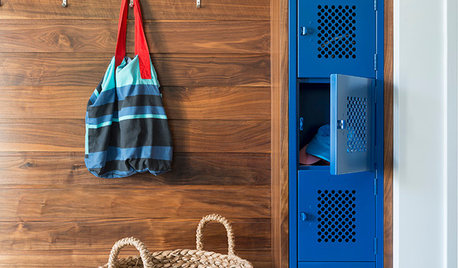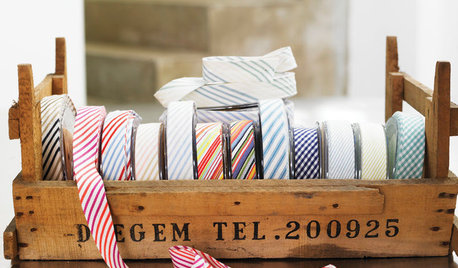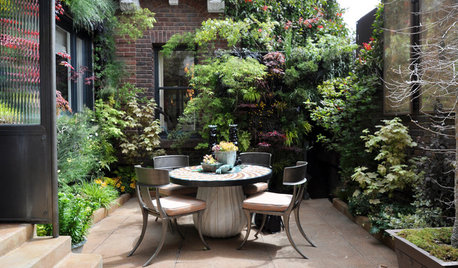Easier way to plant through clay?
dbla712
17 years ago
Related Stories

GARDENING GUIDES9 Clay-Busting Native Flowers for Summer Sun
These plants survive and even thrive in tough clay soil east of the Rocky Mountains
Full Story
HOUSEKEEPING10 Things to Do Now for an Easier, Happier Summer
Set up your home for easy cleaning and cooking, and get ready for those trips to the beach
Full Story
HOLIDAYS10 Things to Do Early for an Easier Holiday Season
Make a gift list and check supplies twice, then ensure that the house looks nice, and buy travel tickets if you’re leaving town
Full Story
LIFE10 Ways to Work Through Grief Triggers During the Holidays
A year after losing her sister, she was facing another holiday. Here’s how one woman learned to find joy again
Full Story
GARDENING GUIDESGardening Solutions for Heavy Clay Soils
What’s a gardener to do with soil that’s easily compacted and has poor drainage? Find out here
Full Story
GARDENING FOR BUTTERFLIES3 Ways Native Plants Make Gardening So Much Better
You probably know about the lower maintenance. But native plants' other benefits go far beyond a little less watering and weeding
Full Story
GARDENING GUIDESHow to Stop Worrying and Start Loving Clay Soil
Clay has many more benefits than you might imagine
Full Story
LANDSCAPE DESIGNHow to Move Water Through Your Landscape
Swales, underground pipes or a mix of both: There’s more than one way to distribute water in the garden
Full Story
NATIVE PLANTS5 Ways to Keep Your Native Plant Garden Looking Good All Year
It’s all about planning ahead, using sustainable practices and accepting plants as living organisms
Full Story
LANDSCAPE DESIGN8 Ways to Grow More Plants in Small Spaces
Use plants to bring your pocket garden to life
Full StoryMore Discussions






meldy_nva
rhizo_1 (North AL) zone 7
Related Professionals
Carlisle Landscape Architects & Landscape Designers · Ashland Landscape Architects & Landscape Designers · Buford Landscape Contractors · Jackson Landscape Contractors · Brookfield Landscape Contractors · Inglewood Landscape Contractors · La Verne Landscape Contractors · Lake Worth Landscape Contractors · Lorain Landscape Contractors · Tuscaloosa Landscape Contractors · Vashon Landscape Contractors · Tyngsboro Landscape Contractors · Fort Collins Window Contractors · Artesia Window Contractors · Matteson Window Contractorsgardengal48 (PNW Z8/9)
meldy_nva
rhizo_1 (North AL) zone 7
vetivert8
kathyinalabama